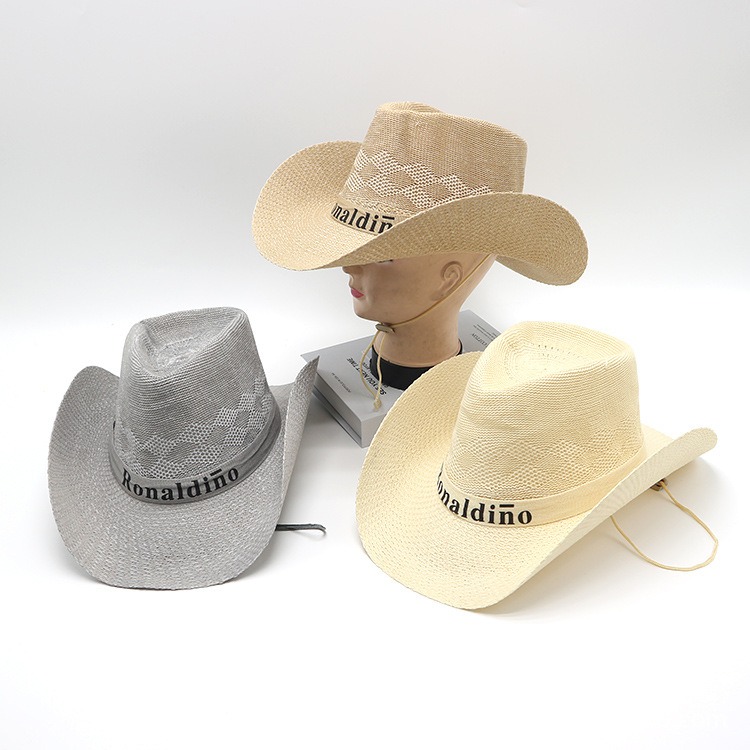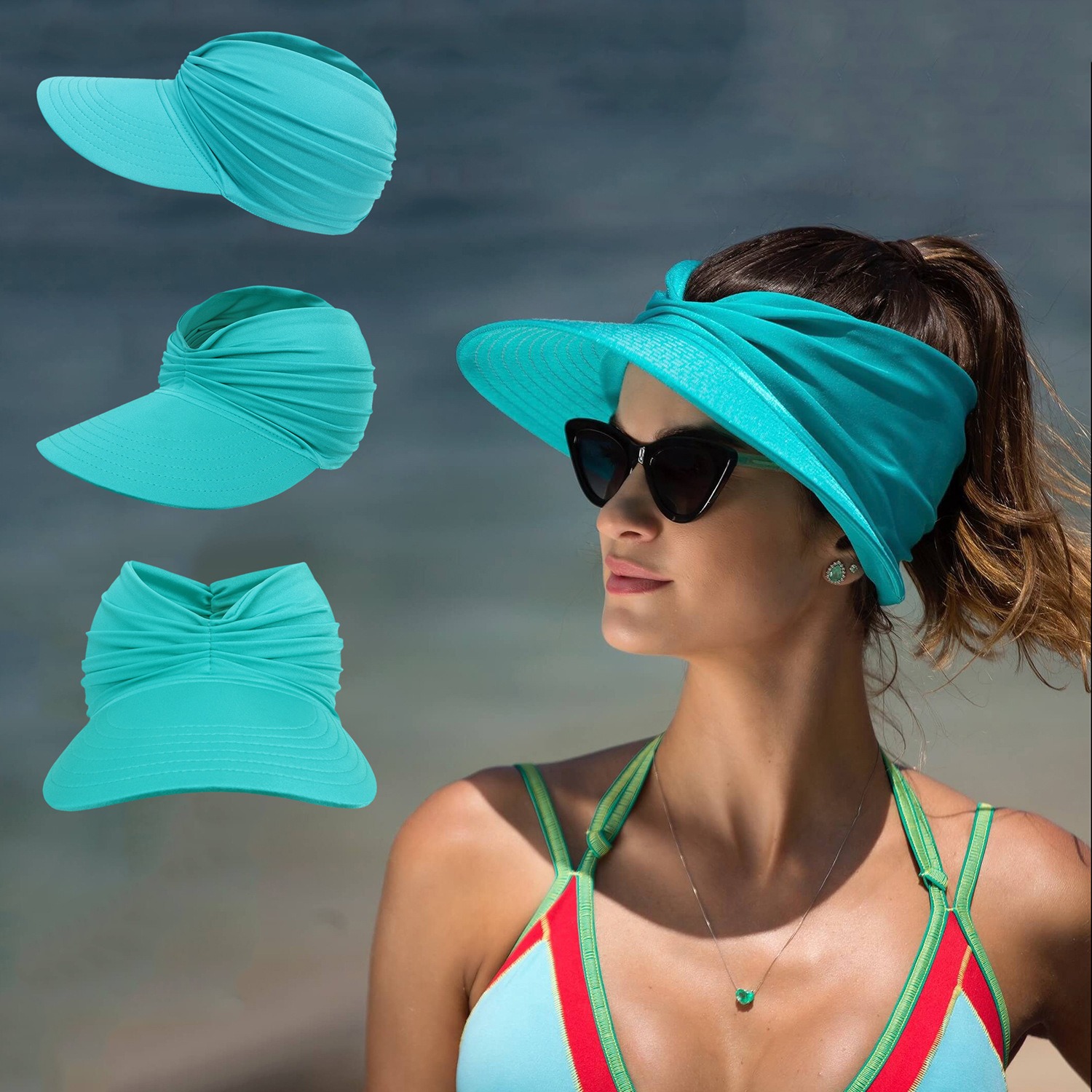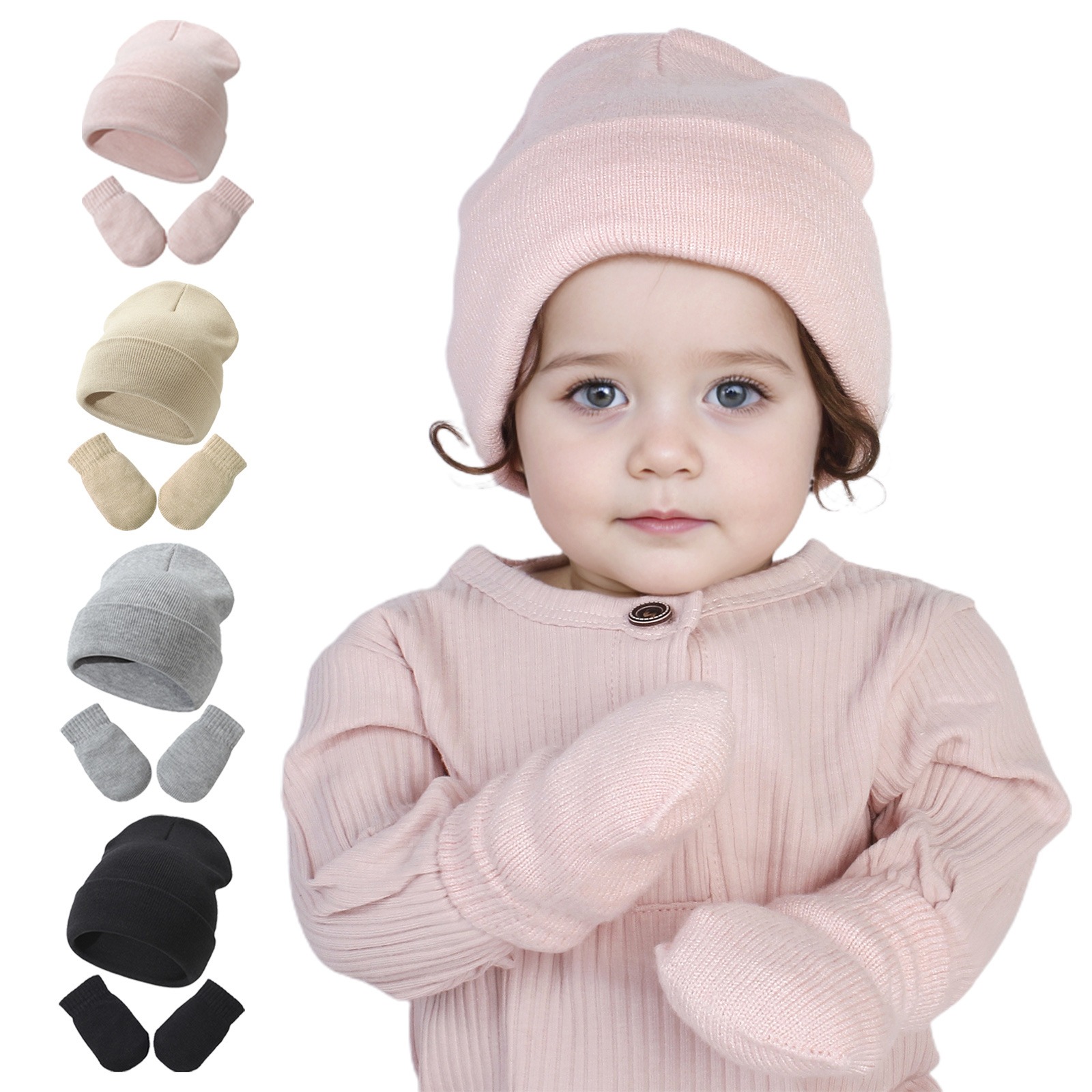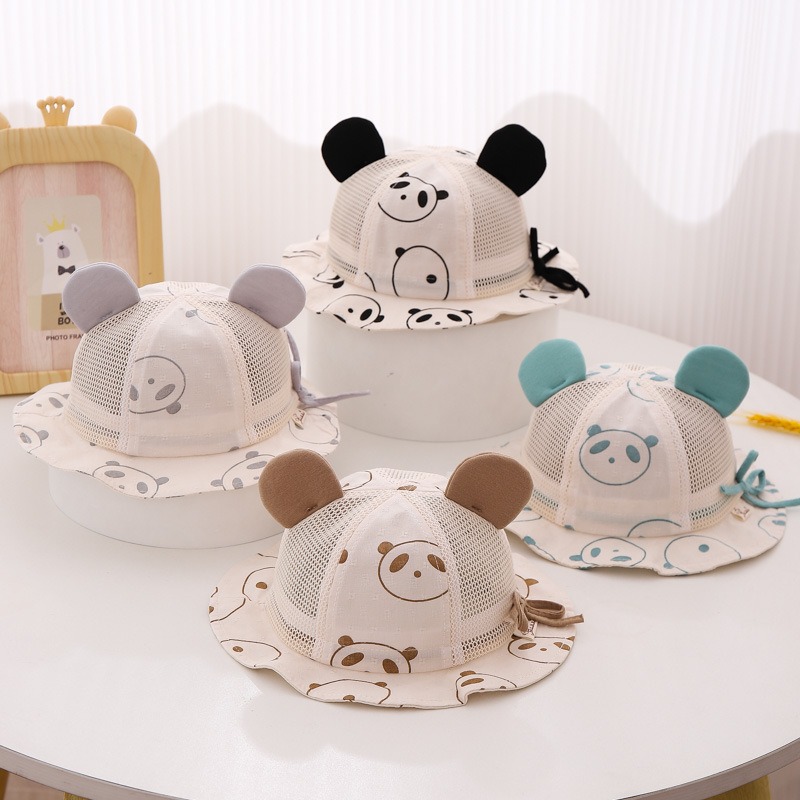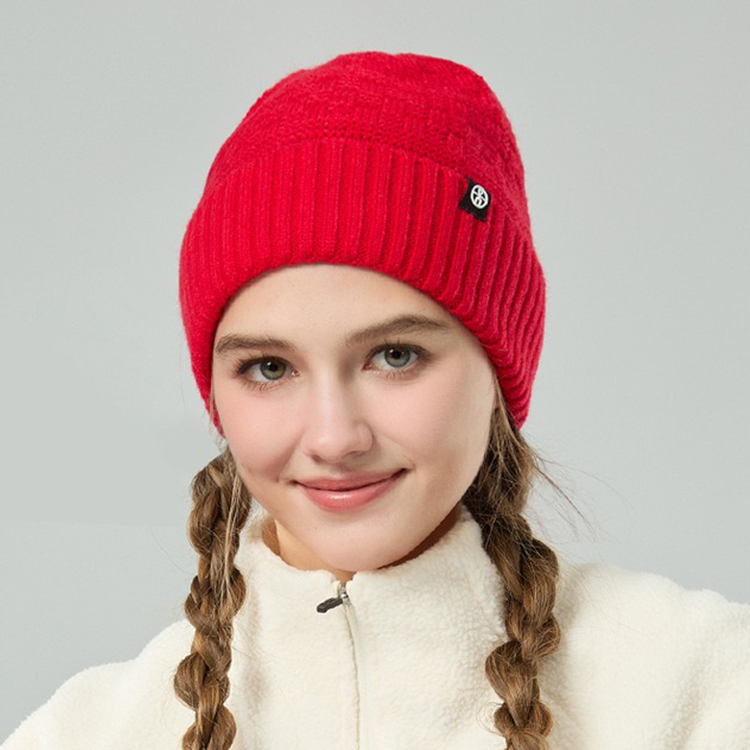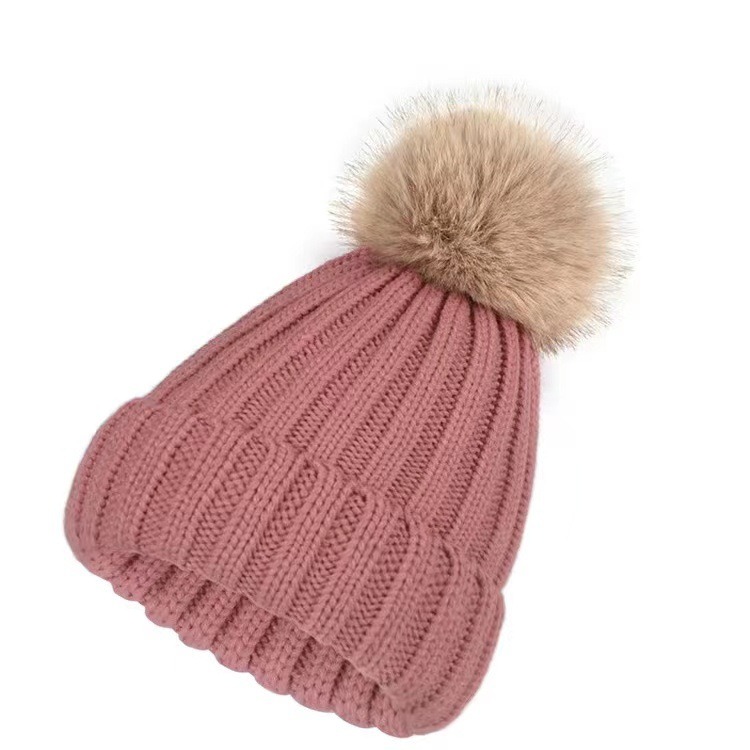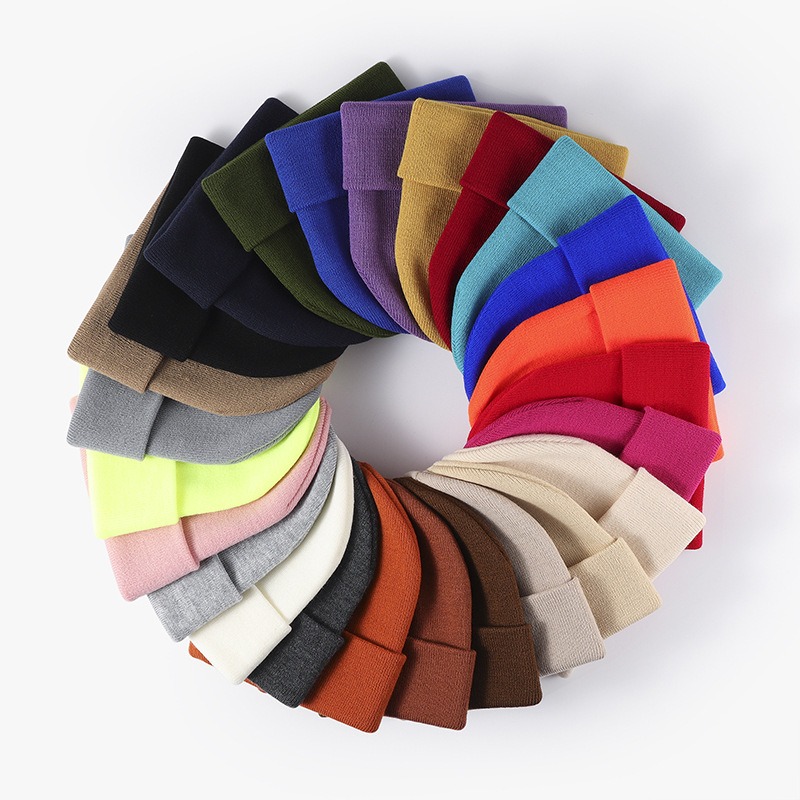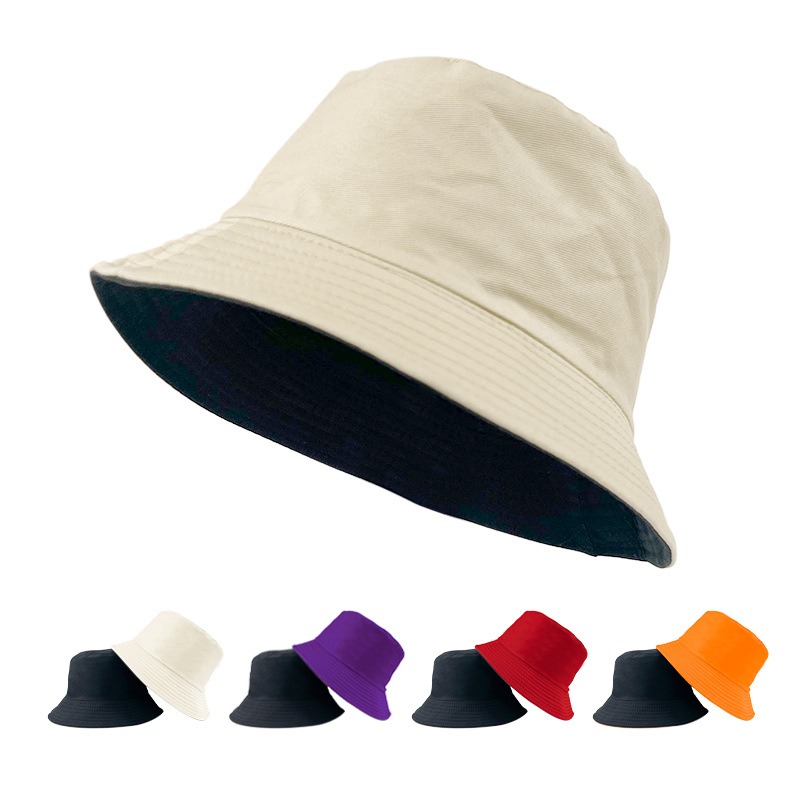The origins of the beret can be traced back to the 17th and 18th centuries, when a type of brimless hat called the "Bonnet" was worn. In 1924, the beret was officially adopted by the British military. The reason was that tank soldiers needed a hat with the brim at the back, so it wouldn't interfere with their aiming. The beret gained fame during World War II when the dashing image of British soldiers wearing berets deeply impressed soldiers from Allied countries. This led to the beret's popularity, with many countries adopting it as part of their military uniforms. The U.S. military, a close ally of the British, began wearing berets in 1943.
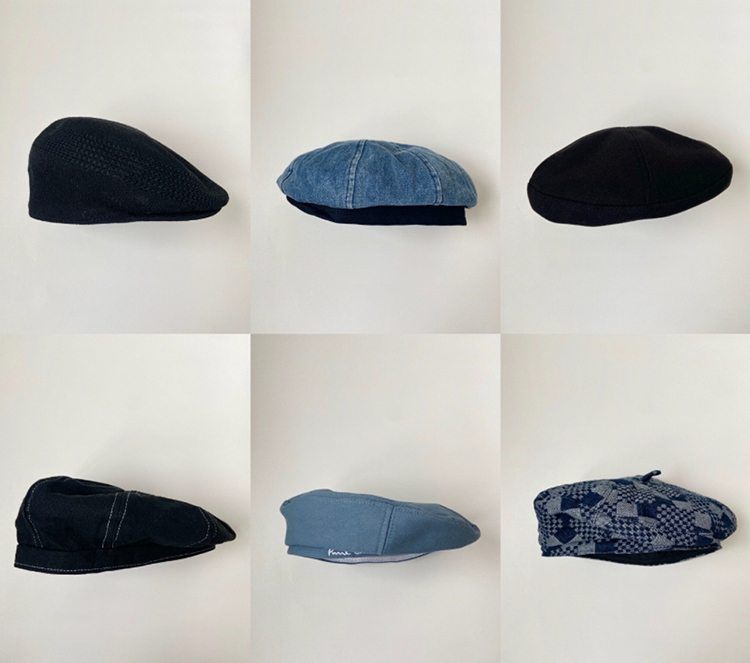
Beyond its military popularity, the beret has also become a favorite in the fashion world. It is beloved by top designers, fashion bloggers, and trendsetters, frequently appearing in fashion shows, street style photos, and magazine editorials. The reason for its widespread appeal is simple: the beret is incredibly versatile. It suits all face shapes—whether you have a long, wide, square, or round face, the beret can enhance your look. Additionally, it pairs well with various clothing styles.
While the beret is a must-have item for fashion enthusiasts, those who don't closely follow fashion trends might worry about wearing it well. Don't worry! Here are some tips for choosing a beret:
A. How to Choose My First Beret?
Go for the most versatile option: a black beret. It's a safe choice that will never go wrong. The black beret is a classic and highly stylish accessory. The black beret suits a variety of face shapes and can be easily paired with all kinds of fashion styles, from casual to formal, exuding elegance and fashion sense. The subdued black color makes it a versatile item that can be worn on a daily basis or for special occasions, adding a unique charm and artistic flair. The black beret is a perfect combination of fashion and practicality.
B. How to Style Colorful or Patterned Berets?
Follow the harmony rule in accessory matching: echo your outfit (the color, pattern, or material of the beret should match or closely resemble your clothing). This is called "echoing."
C. How to Choose Different Materials?
Common materials for berets include knitted fabric, polyester, felt (wool), and leather. You'll notice that as you move through this list, the materials become stiffer and more luxurious. The more luxurious the material, the more formal and high-end it looks. Conversely, the more casual the material, the more relaxed it feels. For example, if you want a casual yet stylish look, a knitted beret is the best choice.


